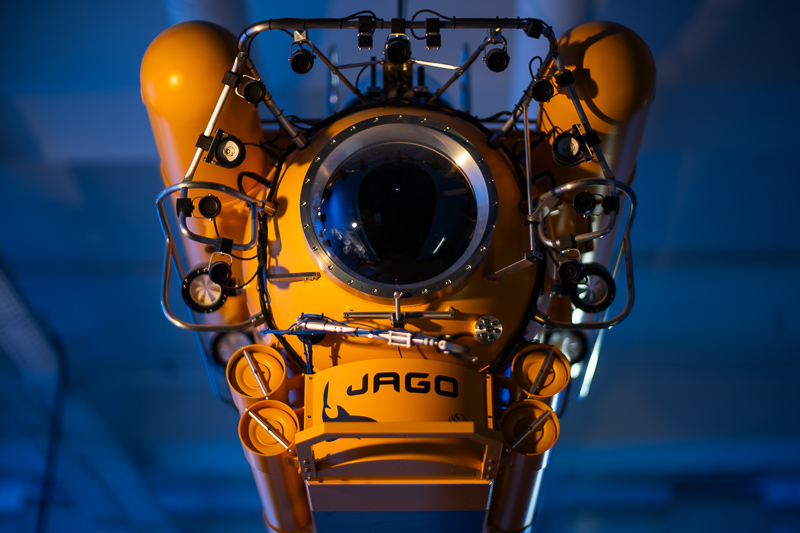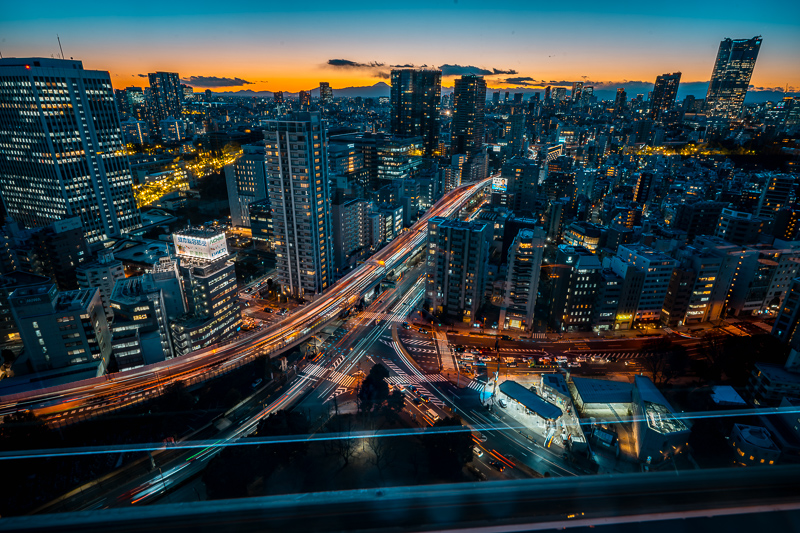Introduction

The Nikon AF-S 35mm 1.8G had been released in 2014 as cheaper alternative to the more expensive and heavier Nikon AF-S 35mm 1.4G from 2010. The 35mm 1.4G was a rather weak entry in Nikon’s AF-S prime lineup. Is this 35mm 1.8G actually the better lens? Let’s try to find out in this review.
Sample Images














 You can see this review as a
You can see this review as a 
















